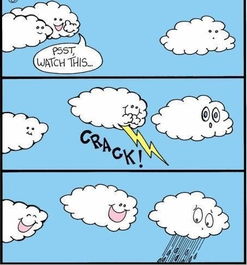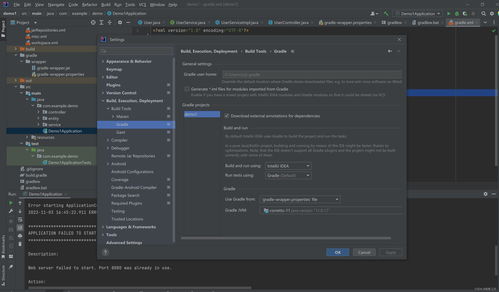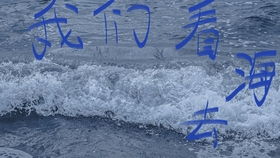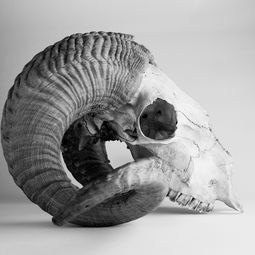Content:
Fishing, an ancient pastime that transcends cultures and time, remains a cherished activity for many. Whether you are a seasoned angler or a beginner, honing your fishing技巧 (skills) can significantly enhance your experience on the water. In this comprehensive guide, we will delve into various aspects of fishing技巧, from selecting the right equipment to mastering the art of lure presentation. Let’s embark on this journey to become a fishing expert.
Understanding the Basics:
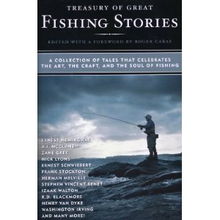
Before diving into advanced techniques, it is crucial to have a solid foundation in the basics of fishing. This includes:
- Types of Fishing: Familiarize yourself with different fishing methods such as fly fishing, spin fishing, and bait fishing. Each method requires specific equipment and techniques.
- Fishing Knots: Learn to tie essential knots such as the Palomar knot, improved clinch knot, and uni knot. These knots are essential for securing your lure or bait to the fishing line.
- Choosing the Right Equipment: Invest in high-quality fishing rods, reels, lines, hooks, and lures that are suitable for the type of fish you intend to catch and the conditions you will be fishing in.
Mastering the Art of Lure Presentation:
Lure presentation is the art of mimicking the natural movement of fish prey. Here are some key points to consider:
- Understanding Fish Behavior: Study the behavior of the fish you wish to catch. Understanding their feeding patterns, habitats, and preferred food sources will help you choose the right lure and technique.
- Rigging Your Lure: Proper rigging is essential for effective lure presentation. Whether you are using a soft plastic worm, a spinnerbait, or a crankbait, ensure that it is rigged correctly for the best action.
- Techniques for Different Lures: Learn specific techniques for each type of lure. For example, a worm requires a slow, twitching motion, while a spinnerbait benefits from a fast retrieve with occasional pauses.
Reading the Water:
Being able to read the water is a crucial skill for any angler. Here’s how to do it:
- Observe the Landscape: Pay attention to the underwater terrain, such as rocks, logs, and weed beds. These structures can hold fish and are often good places to cast.
- Identify Hot Spots: Look for areas where the water currents converge or where there is a change in depth. These spots can be prime locations for fish.
- Use a Fish Finder: A fish finder can provide valuable information about the water conditions and the presence of fish. Learn to interpret the readings to your advantage.
Timing and Seasonal Considerations:
The time of day and year can greatly impact your fishing success. Here are some tips:
- Morning and Evening Fishing: Fish are often most active during these times, so plan your fishing trips accordingly.
- Seasonal Patterns: Fish behavior changes with the seasons. For example, in winter, fish tend to move to deeper waters, while in summer, they may be found in shallower, cooler waters.
Developing a Patient Approach:
Fishing is as much a mental challenge as it is a physical one. Here are some tips to stay patient and focused:
- Set Realistic Expectations: Understand that fishing can be unpredictable. Not every trip will result in a catch, but that doesn’t diminish the value of the experience.
- Stay Composed: When a fish strikes, maintain your composure and set the hook with a steady, firm pull.
- Enjoy the Experience: Remember that fishing is a relaxing and rewarding activity. Embrace the peace and tranquility it offers.
By incorporating these fishing技巧 into your practice, you will undoubtedly enhance your angling skills and deepen your appreciation for this timeless pursuit. Whether you are targeting largemouth bass, trout, or saltwater species, the more you understand and apply these techniques, the more successful you will be on the water. Happy fishing!
